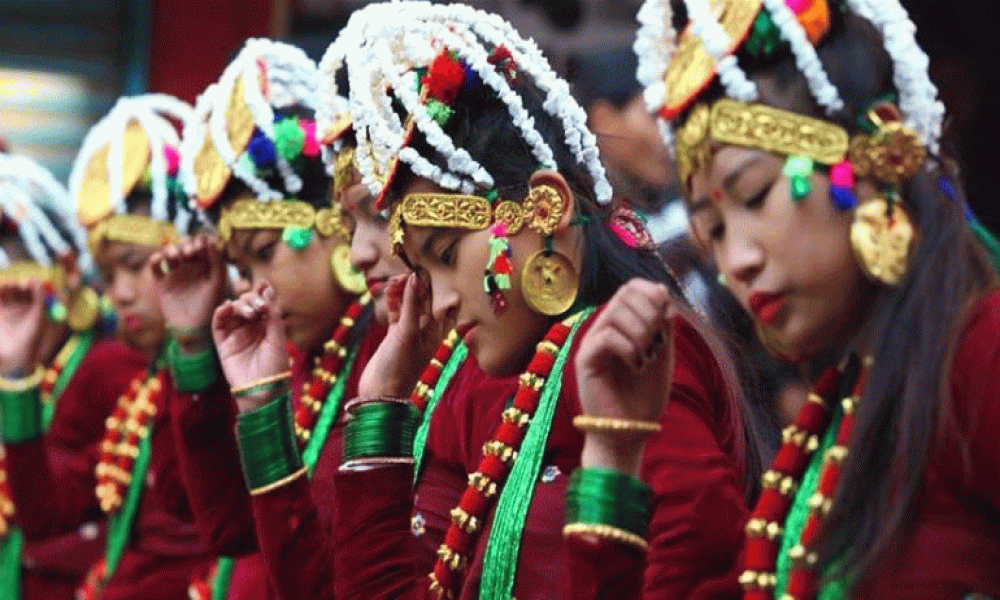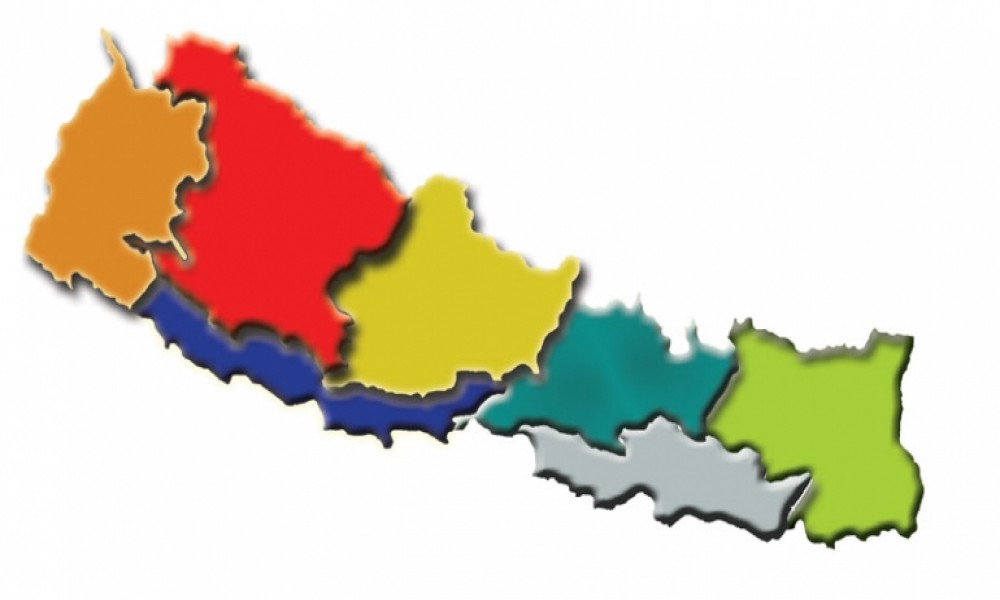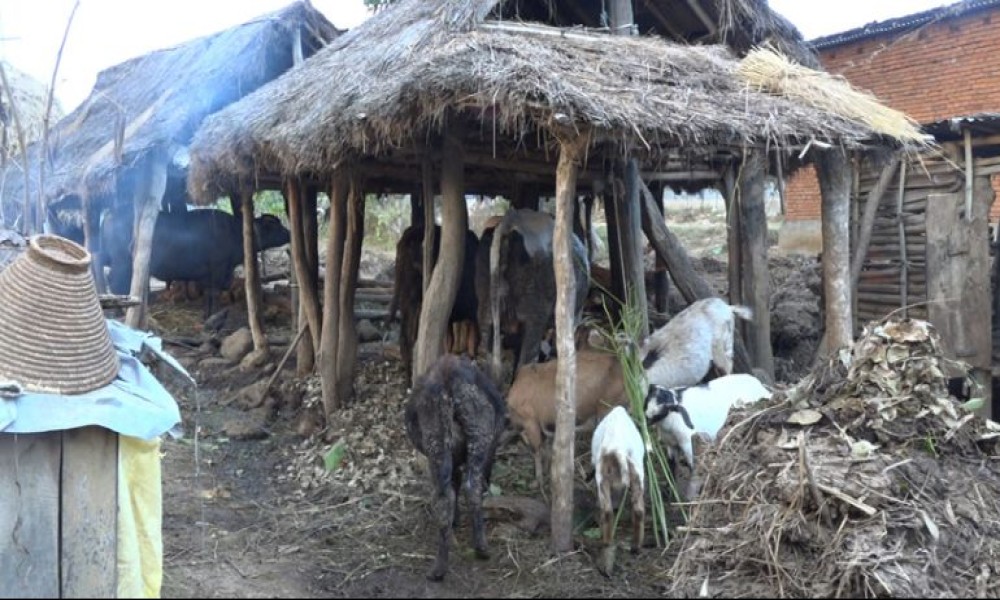Lal Bahadur Tamu
Nepal is a culturally diverse country. Scores of cultural festivals are observed in Nepal every year. Lhosar is one of the festivals observed by Nepal's indigenous communities with enthusiasm and fanfare. Unlike other cultural festivals, it is a festival celebrated by multiple ethnic communities in different times.
Lhosar is mainly celebrated by Tamu (Gurung), Tamang and Sherpa communities. Lhosar is the first day of a new year, and each community celebrates it in their own style. While the Lhosar celebrated by Tamums is known as Tola Lhosar, Tamangs and Sherpas celebrate Sonam Lhosar and Gyalpo Lhosar respectively.
Lhosar is celebrated by other ethnic communities in Asia region. The word Lhosar consists of two words: Lho and Sar. Lho means year and Sar means new. So Lhosar means new year. Lhosar is also pronounced as Lhochhar in Tamu community. In Gurung language, Lho means class and Chhar means new.
Lhosar is celebrated by other ethnic communities in Asia region. The word Lhosar consists of two words: Lho and Sar. Lho means year and Sar means new
In Tamu community, people celebrate Lhosar by feasting on delicious food, extending best wishes to each other and singing and dancing to make the day memorable. Festival begins the last day of the previous year and continues throughout the first day of the new year.
In many villages, Lhosar is celebrated by the community and not individually. Local people cook delicious food by collecting rice grains, ghee, home-brewed beer and money.
In cities or urban areas, ethnic organizations take initiatives to celebrate Lhosar in the grandest way possible. Sports events, interaction, cultural rallies and cultural shows are organized. People wear traditional dresses, gather in public places and extend best wishes to each other. In the recent years, ethnic organizations are using Lhosar as an opportunity to assert their identity, too. They rightly believe it is an opportunity to make the state understand that they are as important part of the country as other castes.
Tamus are worshipper of the nature. They celebrate every year as the year of some specific animal or bird. After 12 years, the cycle repeats itself. They have named 12 years after rat, cow, tiger, cat, vulture, snake, horse, sheep, monkey, bird, dog and deer.
Tamu Lhosar is observed by the end of December, and it has a scientific reason. The night of 22 December is the longest, and the day begins getting longer from 23 December. Tamu Lhosar is also a celebration of change in the cycle of time, weather and nature.
Tamus are worshipper of the nature. They celebrate every year as the year of some specific animal or bird. After 12 years, the cycle repeats itself. They have named 12 years after rat, cow, tiger, cat, vulture, snake, horse, sheep, monkey, bird, dog and deer.
(The Nepali version of this article was published in www.esamata.com)









